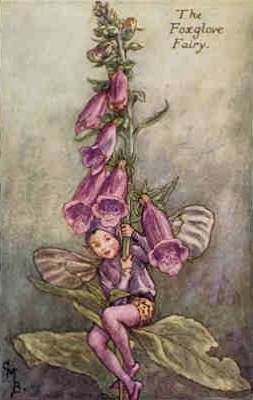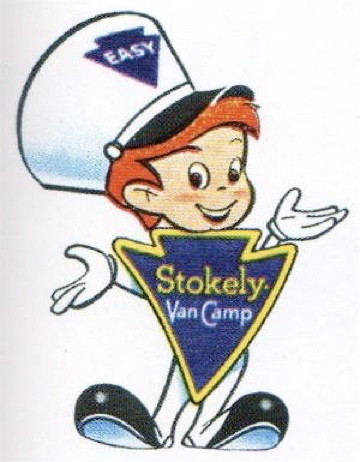
In her book ‘Strange and Secret Peoples – Fairies and Victorian Consciousness’ (1999) Carole G. Silver titles her last chapter ‘Farewell to the Fairies’ and in it states ‘The fairies have been leaving England since the fourteenth century…but despite their perpetual farewells they had not completely vanished from Great Britain by the 1920s, and, some argue, they have not yet left.’ Silver submits a variety of explanations, offered throughout the 19th and early 20th century, for the fairies’ departure. William Sharp, for example, (writing as Fiona Macleod) in the 1890s, wrote ‘the Gentle People have no longer a life (in) common with our own. They have gone beyond grey unvisited hills. They dwell in far islands perhaps where the rains of Heaven and the foam of the sea guard their fading secrecies.’ Another view implicates humans directly: ‘They’re not dead. They think we are. They do not change.’ Also blamed were orthodox religion, materialism, urbanisation, pollution and technology. ‘Thus,’ Silver writes, ‘the fairies decide to emigrate, to leave behind a sterile kingdom of riches without content and power without greatness.’

Moving to the late 20th century, Silver notes that ‘science fiction has transmuted fairies to the small green men from outer space.’ She refers to Edmund Little’s suggestion (in ‘The Fantasts’ (1984)) that ‘the world of faerie industrialised and rendered technological becomes the realm of science fiction’ then observes that ‘contemporary UFOlogists argue that the fairies really are the little green men – alien creatures from outer space who have come to join us.’
While fairy stories or magical fantasy for children, in book form and CGI adaptation, present a picture of rude health, it would seem, at first glance, that adults have moved on. Fairies are just not tough enough. A closer look, however, persuasively supported by the book ‘Meet Mr Product’ – trailed below – makes it clear that, having disconsolately disengaged from their bluebell blooms and the comforting shelter offered by the foxglove, the tinkling creatures did not languish for long in their far flung island retreats before being lured into service by the advertising industry.
It’s odd that even today advertisements for all sorts of products are adorned with snappy, winsome little homunculi. They seem entirely anachronistic and fundamentally infantilising. More often than not these sirens from the nursery are captured in mid and urgent gesture, as if bearing not only a full bladder but bursting with magical news. In kids’ cartoons it is almost obligatory for the characters to radiate a restless, electrical readiness that will translate, within moments, into the manic fulfilment of desire or the bug-eyed evasion of annihilation.

Regardless of whichever may prevail, the funny body will elasticate, atomise, petrify, desiccate or bounce off the walls. In fairyland ethereality preserves the bodies from the rigid indifference of Newtonian physics but some of the lesser denizens – I’m thinking of the goblins, brownies and pixies here – are more robust and had already lent some of their aspects to figures such as Outcault’s pioneering 1895 comic-strip character The Yellow Kid.
The latter, a shaven-headed, gap-toothed slum-dwelling boy clad in an outsize yellow shirt has some of the mischievous simplicity and oddness of a creature moving between the worlds of the socialised and the wild. Ironically, the Kid was so hugely successful (for the ‘New York World’ then the ‘New York Journal American’) that his image soon came to adorn a wide range of products quite unrelated to the slum.


The fairies did get some of the plum jobs on offer (this one endorses a carbonated beverage) but their waftiness was too dreamily inward and abstracted for wide application. The little people – the goblins and their ilk – held on to their cunning and their spitefulness (although some of this was absorbed into computer games) but cashed in their helpfulness, their indefatigability, their childlike stature and their magicality. The deal was that at the level of the image some of the more wizened aspects would be shed and the more enlivening ones modelled onto a great range of spritely product mascots.
Were the fairies and their associates duped? Not at all – they merely shifted their allegiances from nature to cleaning products and comestibles. Products, after all, are magical. They have a special aura and they can change what you’re like as soon as you pay for them. If goblins were given vouchers and let into supermarkets and department stores they would certainly be delighted by the great range of choices and the transformative capacities – even for goblins – of the rich array.
15.07.2009
